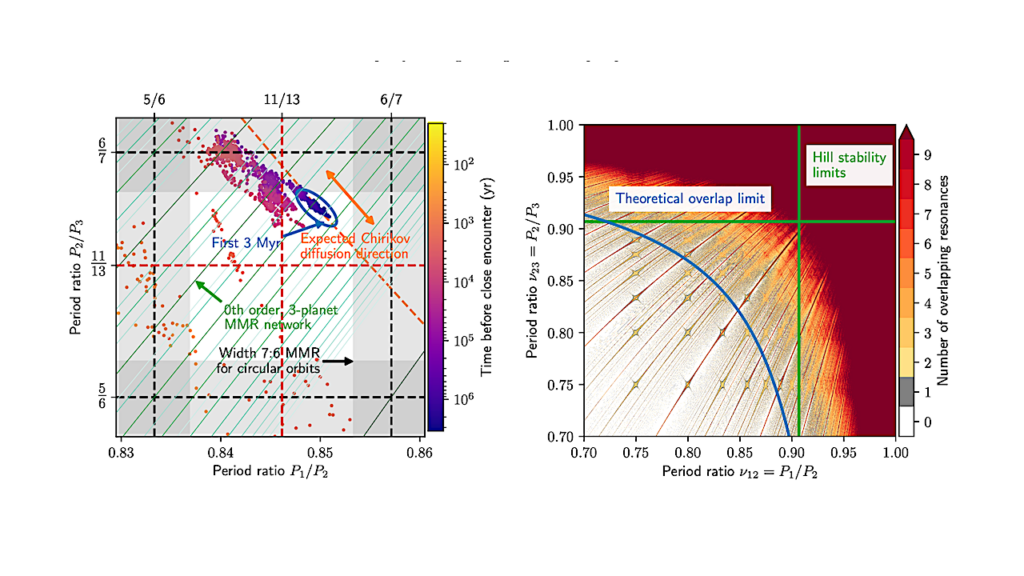Water Earths in the Near-Infrared
A team of researchers including members of NAI’s Virtual Planetory Laboratory Team have examined the potential of detecting oceans on terrestrial-sized exoplanets by using observations in the near-infrared (NIR). Previously, it had been suggested that oceans on distant, rocky worlds could be identified by observing variabilities in scattered light. However, the team suggests that such observations could be difficult due to atmospheric scattering. On Earth, this scattering is reduced at certain wavelengths in the NIR.
Based on scattering in Earth’s atmosphere, the team modeled two wavebands of light in the NIR that could be useful in the hunt for extrasolar oceans. The team confirmed that observations at NIR wavelengths are better for detecting oceans than those at visible wavelengths – but only when aerosols in the planet’s atmosphere are thin and cloud cover is minimal. Ultimately, the team concluded that observing Earth-like worlds in the NIR could help detect water vapor and other atmospheric constituents that absorb light.
The paper, “Searching for Water Earths in the Near-Infrared” was published in the Astrophysical Journal.









